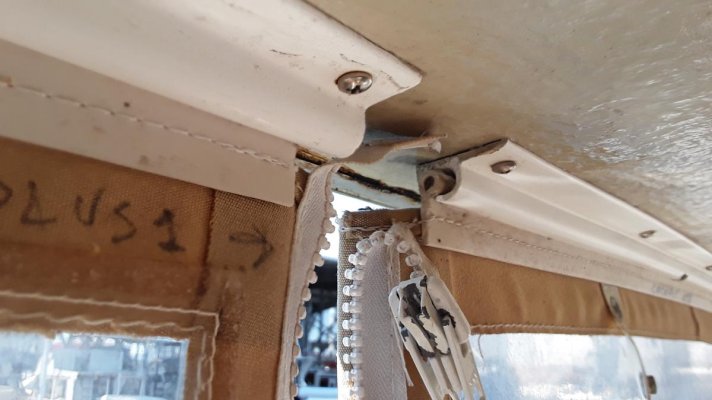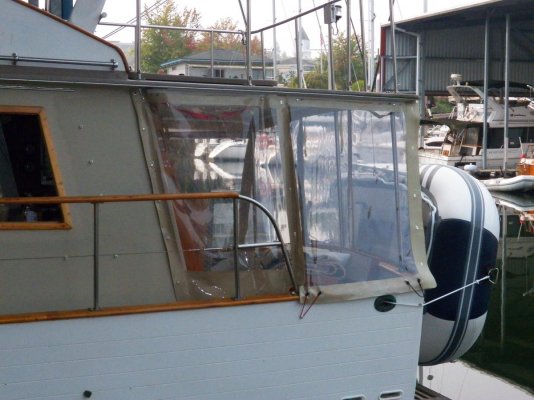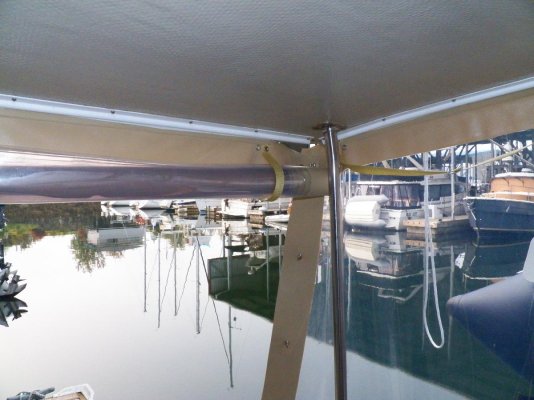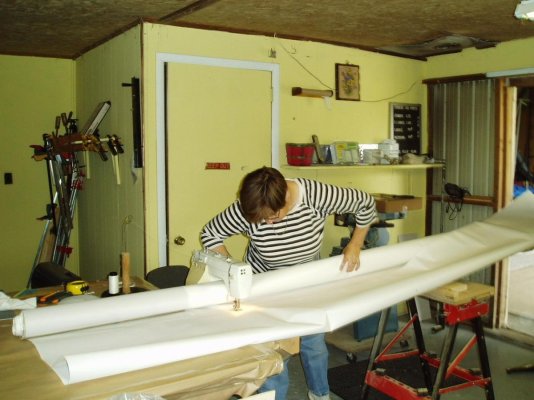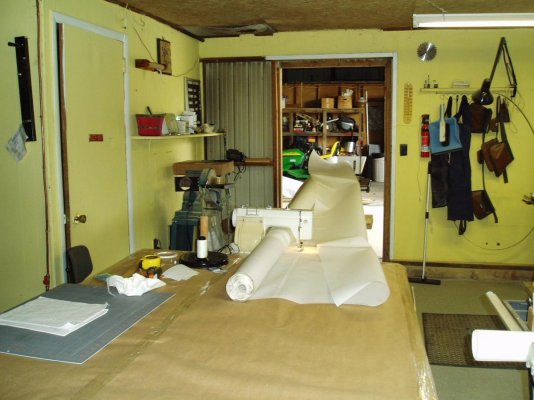Let me start by saying my sewing skill level is about a 3 out of 10. I say that even though I have made several items that saved tons of money. But you quickly realize the upper skill levels take a tremendous amount of experience to attain.
I started with a homeowners Singer Heavy duty unit. This is a non-walking foot machine. It was plenty good enough to make interior cushions and they are amazingly refined machines and are more capable than many give them credit for. Those cushions are coming up on 3 years and look new still. I easily save $2500 doing those myself.
I then bought a Sailrite LSZ1 which is a walking foot. That is much more capable when doing Sunbrella, canvas and other heavier, multi-layer projects. It also has Zig Zag which I never had the need to use. Apparently zig zag stitch is mainly for sails and things that need to stretch. I used that machine to make several exterior covers and repair the bimini etc.
Then at my work they were having a silent auction for equipment they no longer needed for a very large Aviation facility. In the auction was a Seiko STH-8BLD-3. Its a professional walking foot machine. I got it for $200 and it was pretty much brand new. I added a servo motor for another $200. It is an absolute Cadillac when comparing to the Sailrite machine. Its like a Swiss watch.
The great following and reputation of the Sailrite IMO is not quite deserved. Its finicky, noisy and prone to breakage at times. One of the main reasons it has such a following is because that model can be used at sea using the handcrank wheel to make repairs and do any sewing needed. So mainly cruisers and sailors had them onboard. There are also many clones that are much cheaper. Actually the Sailrite is a clone as well. In Sailrites favor they do have several proprietary improvements that in theory make their machines a bit smoother and more reliable than the other clones. They also have a servo type drive now called the Worker Bee that should improve things. But IMO the price is a bit high. For the price of a new Sailrite you should be able the
find a used Seiko STH-8BLD-3 or its twin the Consew 206RB. Both are far superior machines to the sailrite.
I ended up selling the Sailrite, kept the Singer and the Seiko STH-8BLD-3. And yes you will save THOUSANDS by learning to sew. And there are many small repairs and small jobs to be done that are just hard to pay someone for. Some of my favorite projects are when I get to get back on the sewing machine. I love completing these things and it feels great knowing you did it yourself.
Here is a comparison between the Sailrite and the Seiko STH-8BLD-3
https://youtu.be/WZpRXbTTMzU?si=8WeEydhE9TFGHail

